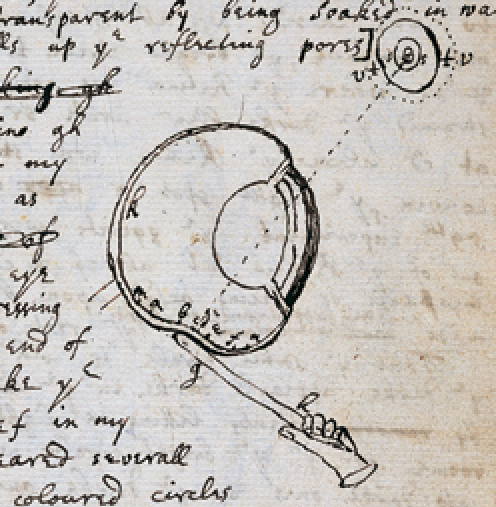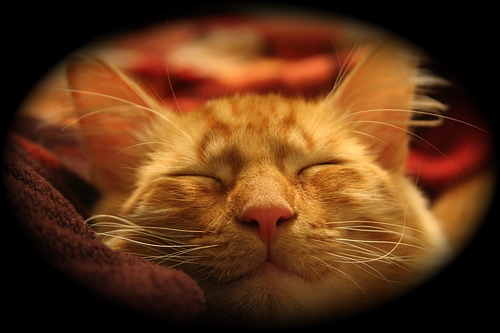The Face of Money
 Sunday, February 16, 2014 at 04:27AM
Sunday, February 16, 2014 at 04:27AM  Australia changed from pounds and pennies to dollars and cents in 1966. After a special commemorative polymer $1 note in 1988, Australia moved to a completely polymer banknote system in the early 1990s. The design of the new notes was entirely new –new graphics, new features and new faces. I remember at the time wondering how the people who’s faces had been replaced might have felt. It was just a passing thought. Recently a colleague mentioned a similar thought with specific regard to scientists and engineers featured. I went and had a look and it seems that sometime between the 1960s and the 1990s, Australians changed their opinion about the status of scientists. More . . .
Australia changed from pounds and pennies to dollars and cents in 1966. After a special commemorative polymer $1 note in 1988, Australia moved to a completely polymer banknote system in the early 1990s. The design of the new notes was entirely new –new graphics, new features and new faces. I remember at the time wondering how the people who’s faces had been replaced might have felt. It was just a passing thought. Recently a colleague mentioned a similar thought with specific regard to scientists and engineers featured. I went and had a look and it seems that sometime between the 1960s and the 1990s, Australians changed their opinion about the status of scientists. More . . .
Ein Lila Luftballon
 Thursday, January 2, 2014 at 04:33AM
Thursday, January 2, 2014 at 04:33AM  Image by Stefan BallThis afternoon in a shopping centre, I watched as a little girl’s purple helium balloon broke free from her hand and quickly rose to the ceiling. It’s a high ceiling - perhaps 5 metres – and although the balloon did have quite a long ribbon attached to it, it was still well out of reach. The girl walked on, holding her mother’s hand, and for a moment I thought that would be the end of it, but then she stopped, pulled on her mother and with her free hand pointed to the liberated latex orb. Then the tears began. I saw her mother bend down and begin the painful discussion about how there was nothing they could do and they were in a hurry, perhaps that she would buy her another balloon later, but this was to no avail and the distress continued to mount.
Image by Stefan BallThis afternoon in a shopping centre, I watched as a little girl’s purple helium balloon broke free from her hand and quickly rose to the ceiling. It’s a high ceiling - perhaps 5 metres – and although the balloon did have quite a long ribbon attached to it, it was still well out of reach. The girl walked on, holding her mother’s hand, and for a moment I thought that would be the end of it, but then she stopped, pulled on her mother and with her free hand pointed to the liberated latex orb. Then the tears began. I saw her mother bend down and begin the painful discussion about how there was nothing they could do and they were in a hurry, perhaps that she would buy her another balloon later, but this was to no avail and the distress continued to mount.
Somehow my eyes and mind had observed more about the scene than I might otherwise have thought. I approached the mother and explained that if she had a moment, I thought we could rescue the balloon. I don’t think I really waited for an answer, but with a little bit of Batman, a dash of MacGyvor and probably a certain amount of stranger danger, I walked into the nearby hairdresser. I asked the slightly disconcerted teenager on duty if I could borrow their stick – the one with the hook on the end that they use to pull the roller door down in the morning, the one clearly visible propped against the wall. Again I assume to she agreed, although I have no specific memory of her acquiescence. I grabbed the stick, walked out of the salon, positioned myself beneath the balloon, hooked the ribbon and calmly pulled the balloon back to safety.
“Oh my god, thank you so much”, said the mother. “Aren’t we lucky there are such nice people in the world, what do you say?” she asked her daughter.
With red, bewildered eyes, the little girl stared at me and barely audibly replied, “Thank you”.
So shines a good deed in a shopping mall. It was probably also the perfect opportunity to mention that the earth is running rather low on helium and that such balloons are perhaps not the best use the noble gas, but in the warmth of the moment that didn’t occur to me and I think I’m glad.
 balloon,
balloon,  luftballon,
luftballon,  so shines a good deed
so shines a good deed Being your own Guinea Pig
 Saturday, November 9, 2013 at 06:32AM
Saturday, November 9, 2013 at 06:32AM  Science is a methodical approach to gathering knowledge. It is systematic and controlled, but don’t for a moment imagine that this means that basic curiosity is lost. Scientists are a very inquisitive lot. Throughout history there are examples of when they have turned to themselves for experimentation. Sometimes this has been through frustration, sometimes through impatience, sometimes to make a point. In any case there are some great (and at times disturbing) stories to tell. Here are 10 of my favourites. More . . .
Science is a methodical approach to gathering knowledge. It is systematic and controlled, but don’t for a moment imagine that this means that basic curiosity is lost. Scientists are a very inquisitive lot. Throughout history there are examples of when they have turned to themselves for experimentation. Sometimes this has been through frustration, sometimes through impatience, sometimes to make a point. In any case there are some great (and at times disturbing) stories to tell. Here are 10 of my favourites. More . . .
Secretions and Excretions
 Saturday, September 7, 2013 at 04:21AM
Saturday, September 7, 2013 at 04:21AM  We take much from nature and manipulate it to best meet our needs. The most obvious examples are, harvested and developed from the structural tissues of plants and animals whether this is trunks of trees for building houses or the muscles of animals. Of course there are many other products we take from the biosphere. We have a voracious appetite for embryonic plant tissue, for example, whether it be wheat, rice, corn or quinoa. Another familiar example is milk, whether this is bovine, ovine, caprine, bubaline or hominine. The list goes on and some of the entries are rather unexpected. More . . .
We take much from nature and manipulate it to best meet our needs. The most obvious examples are, harvested and developed from the structural tissues of plants and animals whether this is trunks of trees for building houses or the muscles of animals. Of course there are many other products we take from the biosphere. We have a voracious appetite for embryonic plant tissue, for example, whether it be wheat, rice, corn or quinoa. Another familiar example is milk, whether this is bovine, ovine, caprine, bubaline or hominine. The list goes on and some of the entries are rather unexpected. More . . .
Wee Small Hours
 Sunday, May 26, 2013 at 01:40AM
Sunday, May 26, 2013 at 01:40AM  Sweet dreams. Image by KaratanyaInsomnia can be devastating (in some cases fatal) and there is a special place in the irritating file for waking up a few minutes before one’s alarm goes off. Being torn from slumber by a terrifying nightmare is less than pleasant and if the house is being burgled or the neighbours are engaged in a particularly noisy dispute it can make for a disagreeable evening. Then there’s snoring, noisy parties and various natural disasters. So being awake in the wee small hours has a poor reputation, but – the above circumstances aside - there is something very special about waking in the middle of the night.
Sweet dreams. Image by KaratanyaInsomnia can be devastating (in some cases fatal) and there is a special place in the irritating file for waking up a few minutes before one’s alarm goes off. Being torn from slumber by a terrifying nightmare is less than pleasant and if the house is being burgled or the neighbours are engaged in a particularly noisy dispute it can make for a disagreeable evening. Then there’s snoring, noisy parties and various natural disasters. So being awake in the wee small hours has a poor reputation, but – the above circumstances aside - there is something very special about waking in the middle of the night.
 Chris KP,
Chris KP,  insomnia,
insomnia,  sleep,
sleep,  wee small hours
wee small hours 